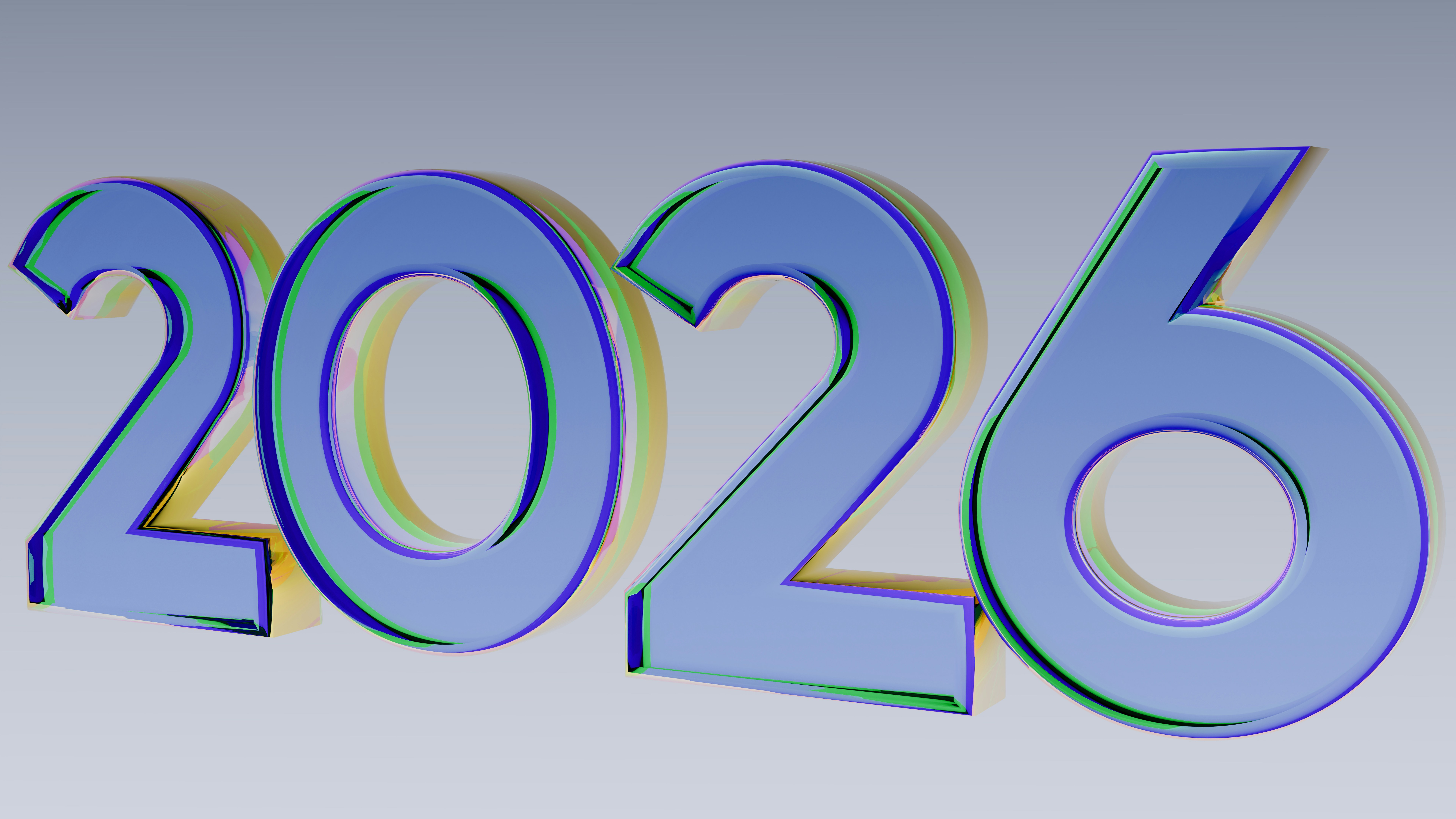
Why Space Careers in the UK Are Becoming More Multidisciplinary
The UK’s space sector is growing fast — from satellite systems and Earth observation to satellite communications, space robotics, propulsion, space data analytics, and mission operations. But the nature of space work is changing. Projects involving satellites, launch systems, space robotics and ground infrastructure are now embedded in regulation, public perception, human interaction and cross-disciplinary design.
Space careers in the UK used to be dominated by engineers, astrophysicists, systems analysts and telemetry experts. Today, they increasingly demand fluency not only in aerospace, software, electronics & data, but also in law, ethics, psychology, linguistics & design. After all, space systems operate under treaties, privacy constraints, public scrutiny, international collaborations and human interfaces.
In this article, we explore why space careers in the UK are becoming more multidisciplinary, how those allied fields intersect with space work, and what job-seekers & employers must do to thrive in this evolving cosmos.
Why UK space careers are becoming multidisciplinary
1) Regulation & international law dominate
Space is a governed domain with treaties (Outer Space Treaty, ITU allocations, orbital debris rules), national regulations, export controls, frequency licensing, spectrum policy, space traffic management. Legal knowledge is essential.
2) Ethical & sustainability pressure
Issues of orbital debris, equitable access, privacy (satellite imagery), dual-use technology, militarisation of space, data surveillance & environmental impact demand ethical reflection.
3) Human factors & usability
Ground control systems, user dashboards, decision support tools and future human-robotic interfaces must be designed to work with human cognition, trust & error tolerance.
4) Communication & clarity
Space missions involve multi-nation, multilingual teams, public communication (e.g., satellite data or disaster monitoring), press releases and policy dialogues. Linguistics and clarity matter.
5) Design & interface matter
Satellite control stations, constellation management dashboards, visualisation, mobile apps for Earth observation — design is key to usability, accessibility & adoption.
How space work intersects with the five supporting disciplines
Space + Law: treaties, regulation & compliance
Why it matters Space is not a legal vacuum. Satellites, launchers, orbital slots, frequency bands, remote sensing, export controls and liability are governed. Legal insight is critical to operations, compliance, licensing and international cooperation.
What the work looks like
Applying for spectrum and orbital licenses via ITU or national regulators.
Ensuring compliance with space treaties, collision liability, debris mitigation policies.
Managing export controls on space hardware (dual-use, missile tech).
Drafting intergovernmental agreements for missions & data sharing.
Defining liability frameworks for satellite failure or damage.
Skills to cultivate International space law, national regulation, export controls, treaties, intellectual property rights, ability to map technical architecture to legal constraints.
Roles you’ll see Space legal counsel; regulatory & licensing lead; export control manager; space policy specialist.
Space + Ethics: equitable, sustainable exploration
Why it matters Space systems affect global equity, environmental sustainability, data privacy, security and future generations. Ethical frameworks help ensure responsible, fair deployment.
What the work looks like
Designing debris mitigation, end-of-life disposal and sustainability into satellite systems.
Addressing privacy constraints in Earth observation or remote sensing data.
Ensuring equitable access to space data & services.
Conducting risk assessments for military or dual-use missions.
Public engagement & transparency in space missions.
Skills to cultivate Ethical frameworks in emerging tech, sustainability, stakeholder engagement, risk assessments, public policy interface.
Roles you’ll see Space ethicist; sustainability officer; mission governance lead; responsible space innovation advisor.
Space + Psychology: human systems & trust
Why it matters Control rooms, mission operations, data interpretation systems & remote monitoring all require human interaction. Users must trust, understand and respond correctly. Errors in decision support or interface design can have serious consequences.
What the work looks like
Studying human decision making under uncertainty in mission control.
Designing alerting systems, situational awareness dashboards, trust calibration for autonomy.
Assessing cognitive load, fatigue & usability in control centre UIs.
Testing operator reactions to anomalies, command overrides, or faulty sensor data.
Analysing training needs & interface workflows.
Skills to cultivate Cognitive psychology, HCI, decision science, human factors in aerospace, usability testing, experimental design.
Roles you’ll see Human factors engineer in space; mission UX researcher; operator behaviour specialist; trust & anomaly interpretability designer.
Space + Linguistics: clarity in communication & space ops
Why it matters In space operations, clarity in command, alert, telemetry, documentation and international communication is vital. Misinterpretation can lead to mission failure, confusion or safety issues.
What the work looks like
Writing intelligible command sequences, prompts & error messages.
Translating technical mission data into policy summaries or public communication.
Supporting multilingual mission teams & instruments across nations.
Standardising terminology, commands, acronyms across cooperating agencies.
Creating user documentation, mission briefings & public outreach content.
Skills to cultivate Technical writing, semantics, NLP for telemetry streams, multilingual communication, discourse clarity, user interface language design.
Roles you’ll see Space technical writer; mission communication specialist; language/terminology architect; outreach & documentation lead.
Space + Design: interface, visualisation & usability
Why it matters Space systems produce massive data flows: orbital paths, ground tracks, sensor feeds, satellite health metrics. Interfaces must present complex data clearly. Design determines whether operators trust, act and understand.
What the work looks like
Designing satellite command & control dashboards.
Visualising orbital maneuvers, collision risks, constellation status.
Building mobile & web apps for remote sensing or Earth observation.
Prototyping human-robot or autonomous space vehicle interfaces.
Ensuring accessibility & inclusive design for control centre users.
Skills to cultivate Data visualisation, UX/UI design, interaction design, prototyping, spatial analytics, accessibility practices.
Roles you’ll see Space UX designer; mission interface designer; visualisation engineer; human-centred space systems designer.
Implications for UK job-seekers in the space sector
Hybrid expertise sets you apart: Combine aerospace, software or systems engineering with law, ethics, psychology, linguistics or design.
Build mission prototypes: Create dashboards, explainability modules, public data apps or compliance tooling.
Learn space regulation & policy: Familiarise yourself with UKSA, ESA, ITU & national licensing.
Communicate across stakeholders: Practice translating technical mission data into clear narratives for public, policy and users.
Participate in mission trials: Volunteer in CubeSat, satellite or open space projects requiring cross-functional teams.
Implications for UK space employers
Form multidisciplinary teams: Engineers, policy experts, ethicists, designers & communicators should collaborate from mission design to deployment.
Embed oversight & UX from start: Legal, ethical and usability input should shape architecture, not be added later.
Focus on transparency & public trust: Space is high profile — clarity and accountability are essential.
Provide cross-domain training: Enable aerospace staff to learn ethics or communication; non-technical staff to grasp spacecraft systems.
Document decisions & mission rationale: For audit, compliance, outreach and trust.
Paths into multidisciplinary space careers
Reactive learning & courses — space law, satellite regulation, technical communication, HCI in space, design for data visualisation.
Cross-mission projects — collaborate in CubeSat, Earth observation, mission data projects integrating UI, public outreach, regulatory perspective.
Open community & research — contribute to open space data visualisation, outreach, documentation, mission tools.
Internships or fellowships — join UKSA, satellite firms, space policy groups or system integrators with cross-functional teams.
Mentors & networking — connect with policy makers, science communicators, design professionals in space.
CV & cover letter advice
Start with hybrid narrative: “Satellite systems engineer & policy communicator” or “Space data scientist with UX & ethics skills.”
Highlight evidence & outcomes: “Developed visualisation tool for collision risk that improved operator clarity.”
Show regulatory awareness: mention coordination with ITU, UKSA licenses, orbital allocations.
Quantify impact: adoption, clarity, error reduction, stakeholder satisfaction.
Tailor to UK space context: UKSA, ESA collaborations, national space strategy, satellite clusters in the UK.
Common pitfalls & mitigation
Treating space as pure engineering → neglecting regulation, public trust, usability.
Using arcane terminology → communication must be clear, especially for public & partners.
Neglecting public & stakeholder perception → space is visible & strategic.
Overloading dashboards → visual overload causes errors in control rooms.
Skipping audit & decision logs → transparency is demanded in space programs.
Future of space careers in the UK
Hybrid job roles blossom: “Space policy engineer”, “UX & visualisation for satellite systems”, “Ethical mission operations lead.”
Governance & oversight grow: Independent ethical audits, space traffic regulation, public disclosure become standard.
Trust, explainability & human factors rule: Systems that help operators understand autonomy, risk & failure will lead.
Communication roles expand: Narrative architects, mission communicators, documentation specialists will be prized.
Design for human engagement leads: Interfaces that balance technical depth with clarity will shape adoption.
Self-assessment questions
Can you explain orbit manoeuvres in clear language to non-technical stakeholders?
Do you know which licenses and treaties govern your satellite or mission domain?
Have you built a visualisation or interface for satellite data or operations?
Are your communication, documentation & naming conventions consistent and clear?
Do you consider ethical, environmental & public impact in mission design?
If not, these are excellent areas to grow.
Conclusion
UK space careers are no longer just about rockets, payloads or communication protocols. They are becoming inherently multidisciplinary — blending engineering & science with law, ethics, psychology, linguistics & design.
For job-seekers, this is a time of opportunity: your ability to translate between domains, to build technically sound and publicly acceptable space systems, will set you apart. For employers, it’s a responsibility: design missions not just for performance, but for transparency, safety, accessibility and trust.
The future of UK space will be shaped by the people who can bridge disciplines — ensuring our satellites and missions are legally compliant, ethically grounded, human-centred and communicable to stakeholders, regulators and the public alike.


